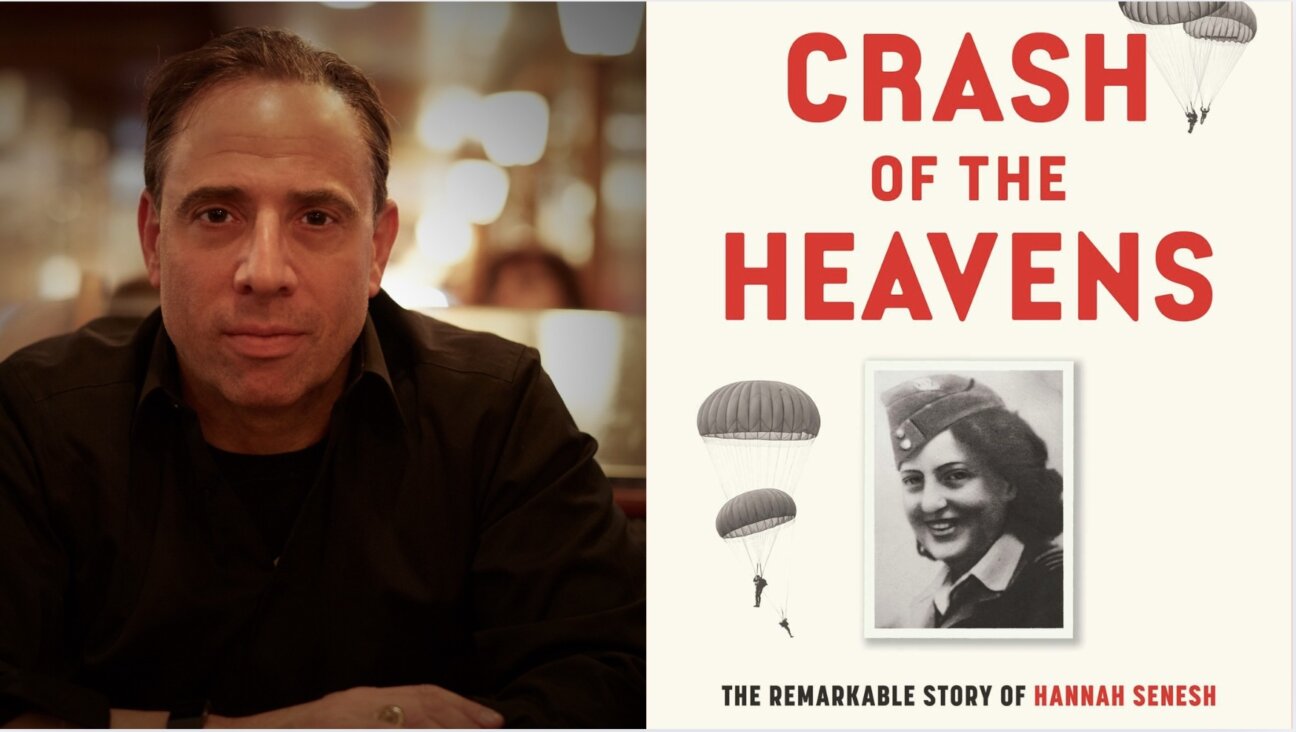Yiddish Theater and Birth Control

Graphic by Angelie Zaslavsky
Earlier this week, Melissa R. Klapper wrote about abortion and the complexity of halacha and five American Jewish women you’ve (probably) never heard of. Her blog posts are featured on The Arty Semite courtesy of the Jewish Book Council and My Jewish Learning’s Author Blog Series. For more information on the series, please visit:
At Rowan University in Glassboro, NJ, where I teach, all would-be history majors and minors are required to take (and pass–we’re sticklers that way) a course called Historical Methods. This class is a huge challenge for both students and teachers, as it is writing intensive and the students rarely come to it with much of an interest in historiography, theory, or best practices in terms of scholarship. To humanize the issues, I tell tales of historians behaving badly — those who have plagiarized, forged sources, cheated — who paid the price for their professional malfeasance. But as I learned while working on my most recent book, a history of American Jewish women in the suffrage, birth control and peace movements during the early 20th century, there are other kinds of cautionary tales that should also be part of my repertoire.
Before I even began this book, I was already aware of at least two 1916 Yiddish plays about birth control, both of which are housed at the Library of Congress. I knew about them because the images of their front pages have often been reproduced in accounts of American Jewry and because they have regularly been referred to by scholars in the context of general Jewish communal support for the birth control movement. As I dove into the research for my book, I discovered that apparently no one had actually ever translated these plays in full. My reading knowledge of Yiddish, though adequate for Yiddish periodicals and the like, could not cope with the hand-written manuscripts of the plays, so with the help of a grant, I commissioned Naomi Shoshana Cohen to do the translations. She and I discussed my overall project, and she set about the time-consuming task.
Imagine my surprise when, with each scene Naomi translated and sent to me, it became more and more apparent that neither of these plays contained expressions of Jewish support for birth control. On the contrary, both of the plays condemned contraception roundly, and one of them was viciously anti-feminist as well. While literally hundreds of other primary sources that I was finding did confirm the American Jewish community’s overall support of the birth control movement, the very existence of these two plays helped demonstrate that pockets of resistance and ambivalence retained cultural currency and that, as is often the case, the full story was a complex one. My analysis of these plays turned into a scholarly article and a major part of one of the book’s chapters on birth control, and I learned a valuable lesson. Making assumptions based on the assumptions of other people, even distinguished scholars, is hardly in the same category of the egregious historians’ sins I tell my Historical Methods students about. But it is a mistake nonetheless, and one that I am now more attuned to and try to teach my students to avoid. The historian’s mantra of going directly to the sources remains the best advice for students, enthusiasts, and professionals alike.
Melissa R. Klapper’s new book, Ballots, Babies, and Banners of Peace: American Jewish Women’s Activism, 1890-1940, is now available.
The Jewish Book Council is a not-for-profit organization devoted to the reading, writing and publishing of Jewish literature. For more Jewish literary blog posts, reviews of Jewish books and book club resources, and to learn about awards and conferences, please visit www.jewishbookcouncil.org.
MyJewishLearning.com is the leading transdenominational website of Jewish information and education. Visit My Jewish Learning for thousands of articles on Judaism, Jewish holidays, Jewish history and more.
















